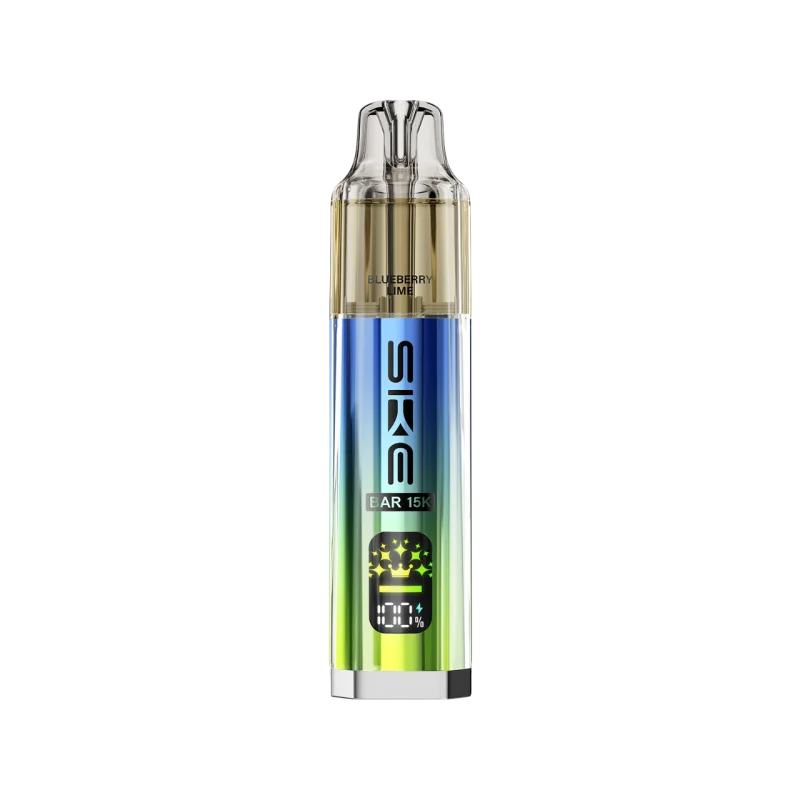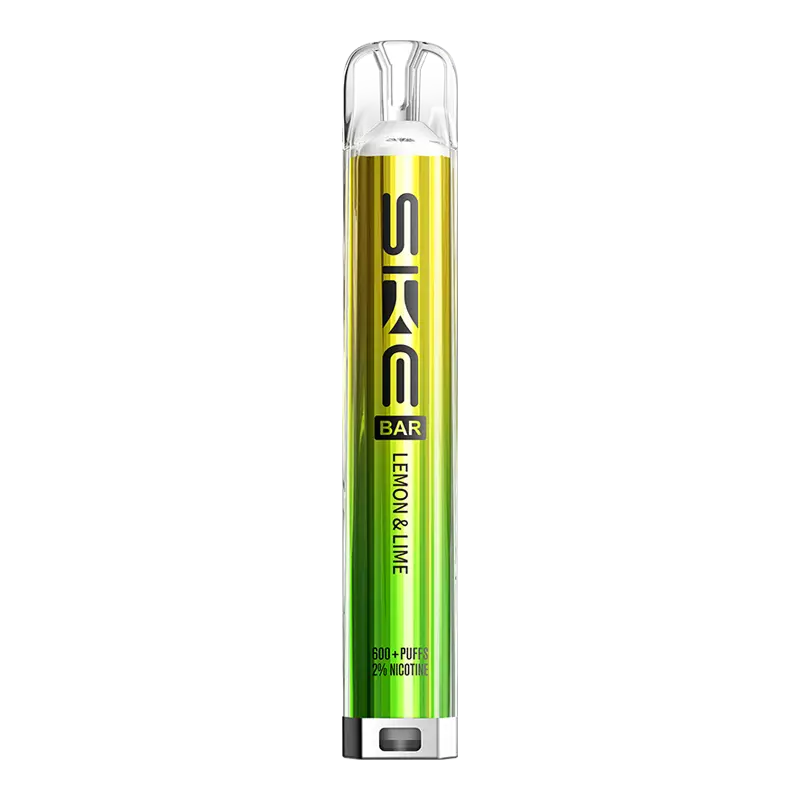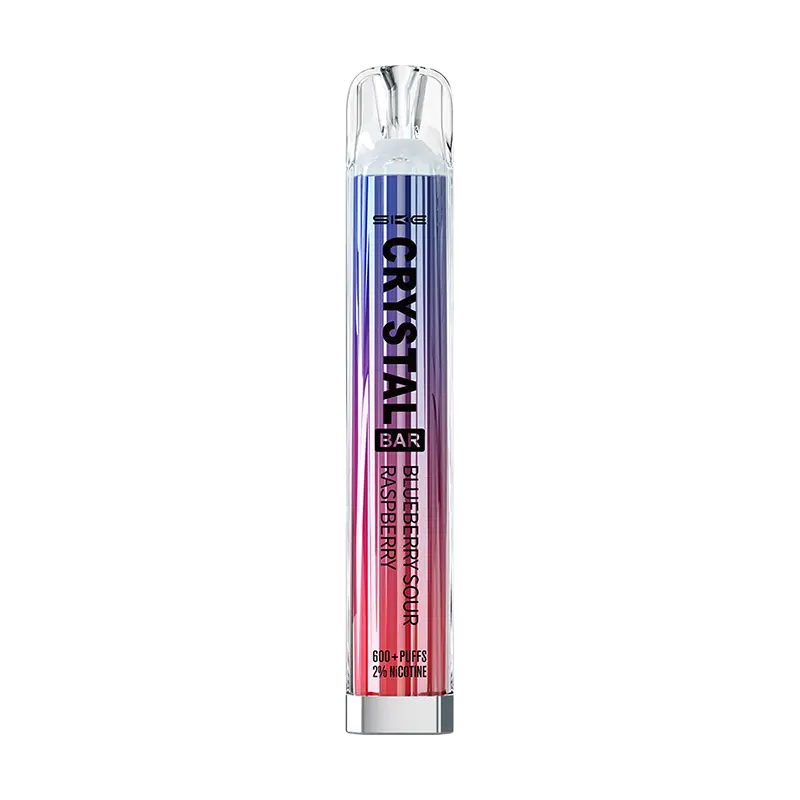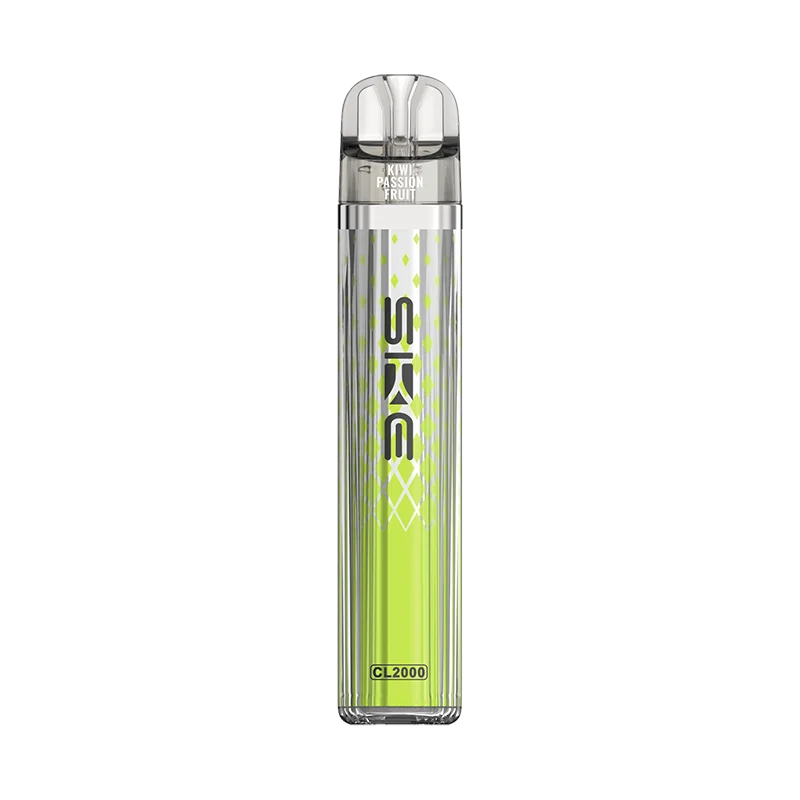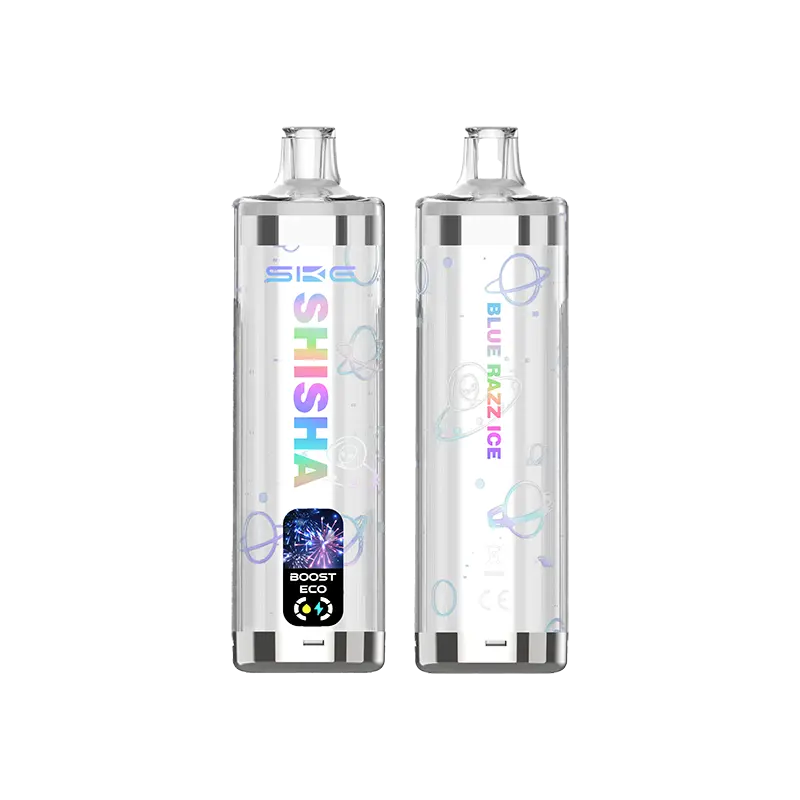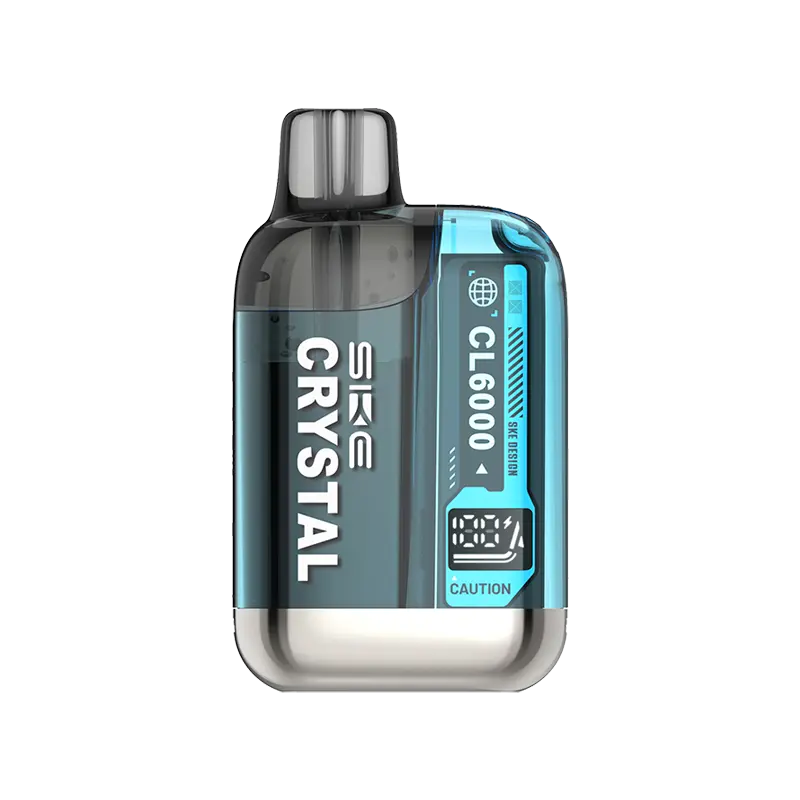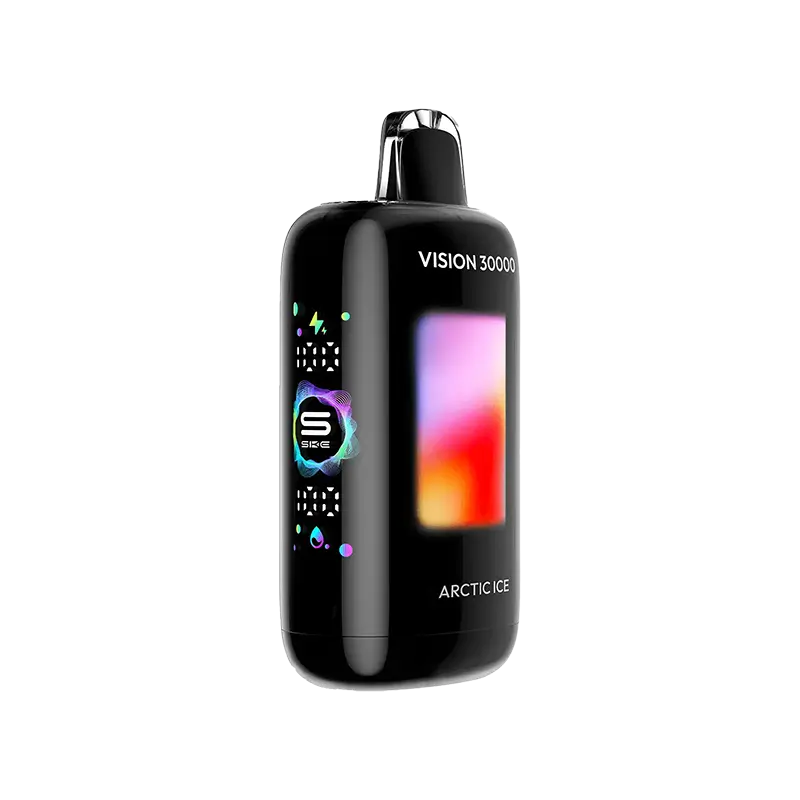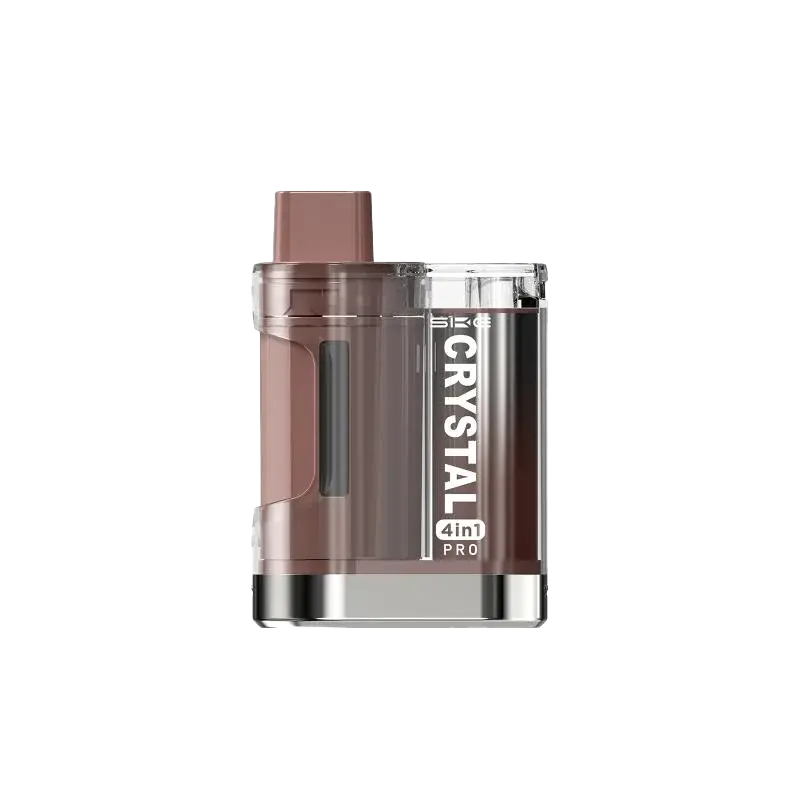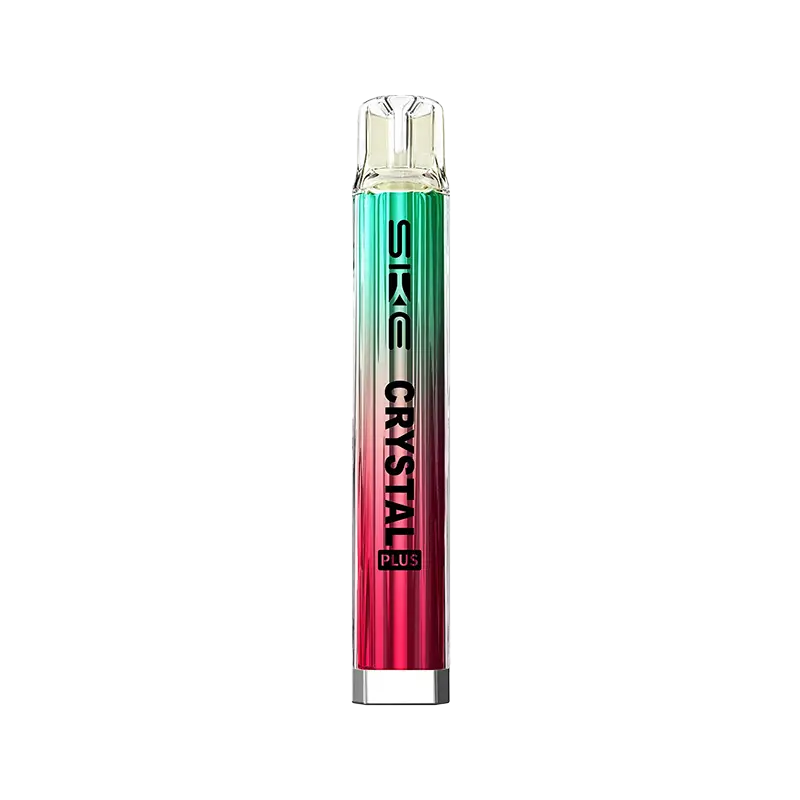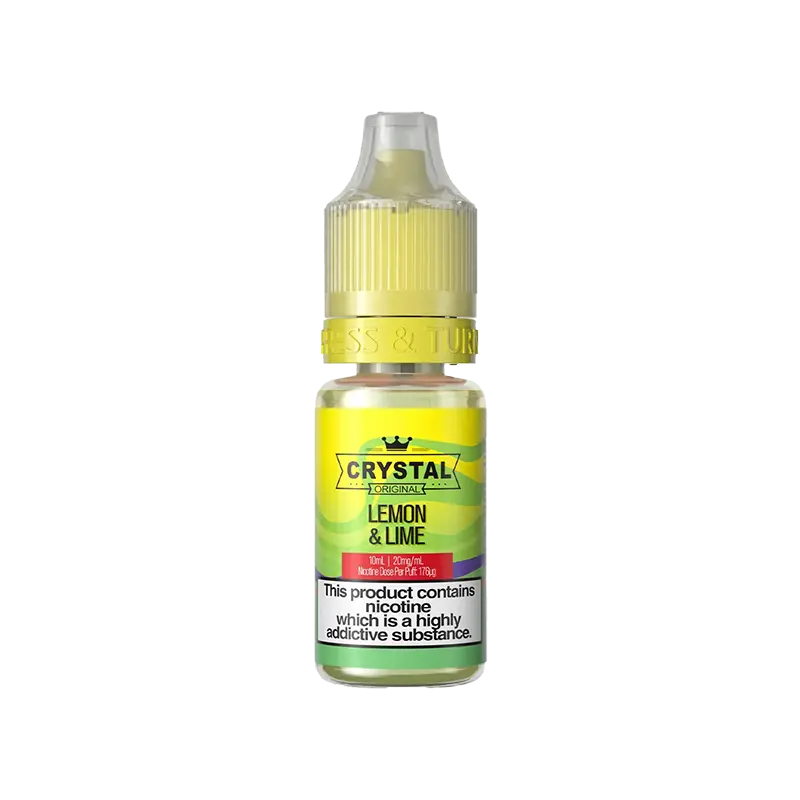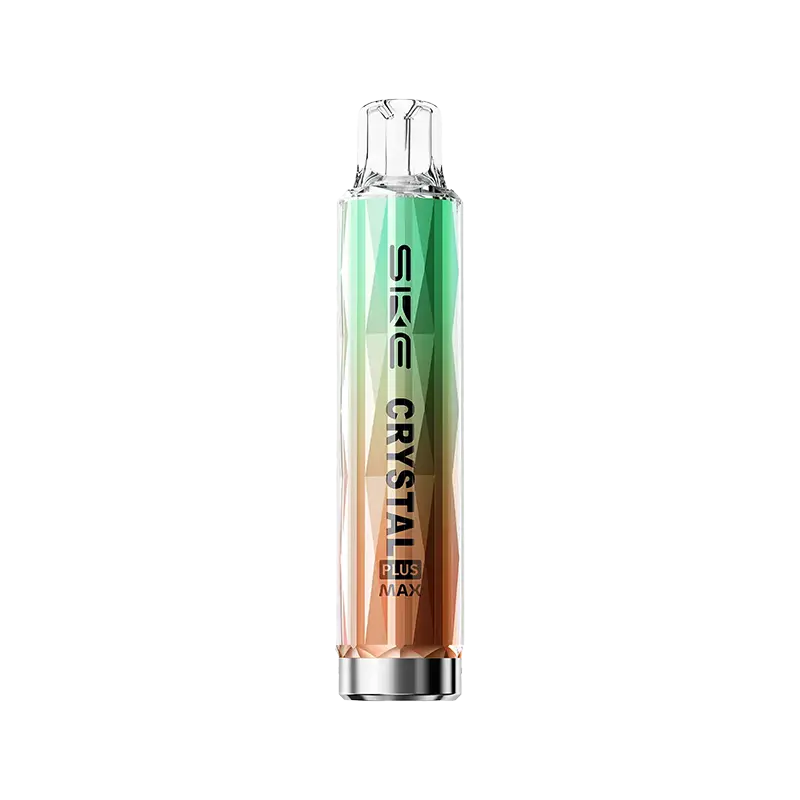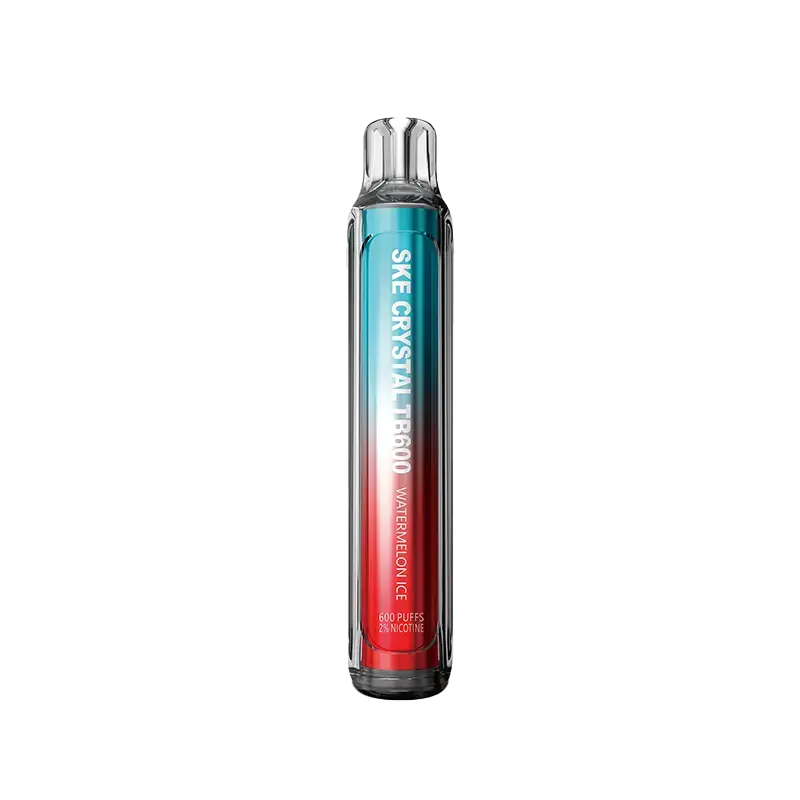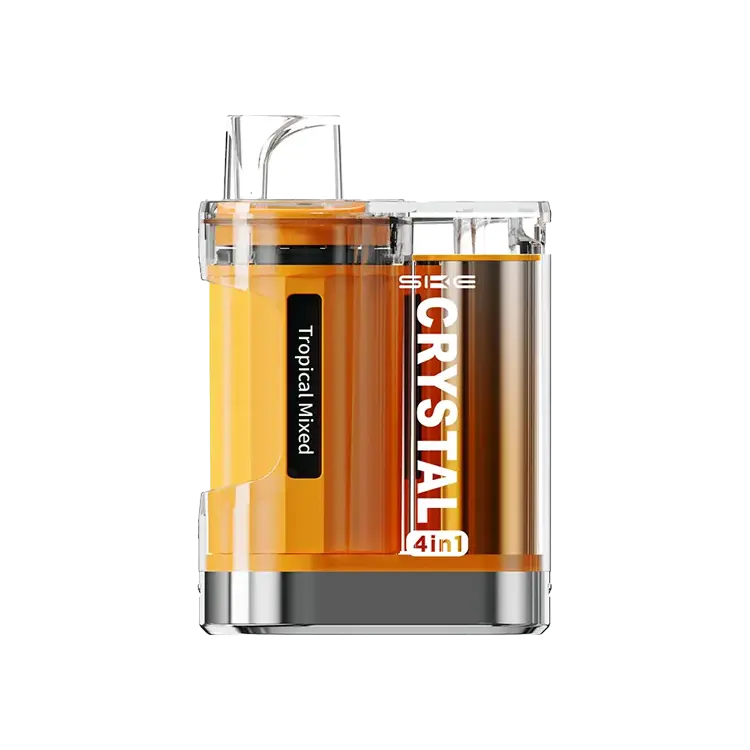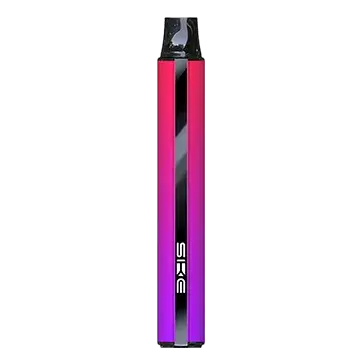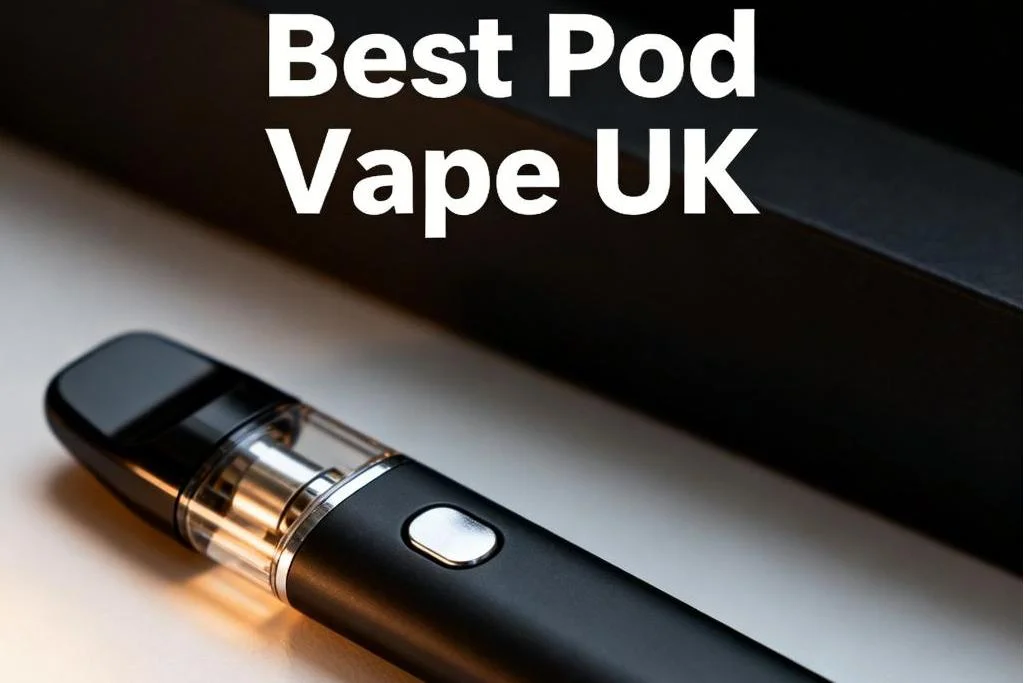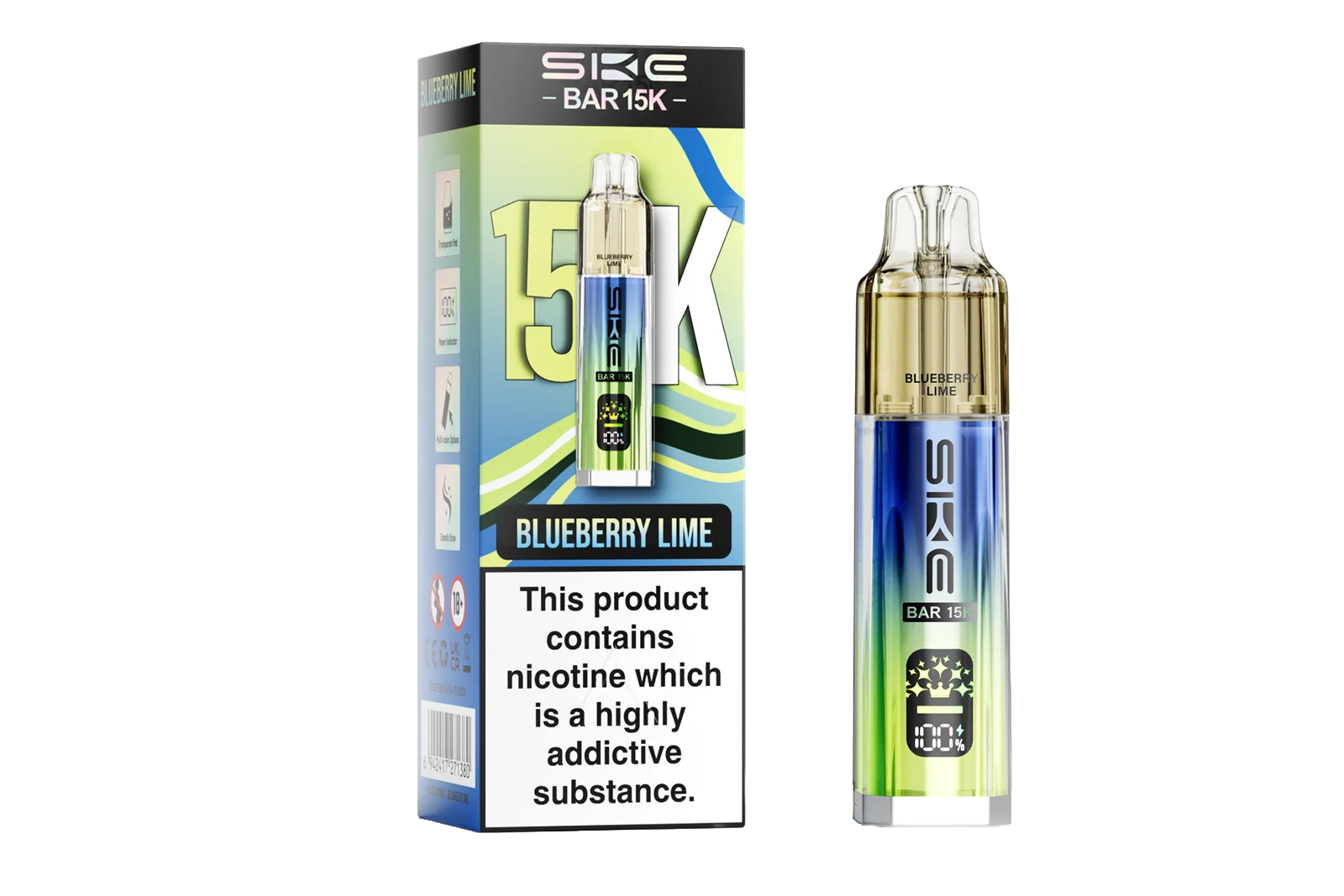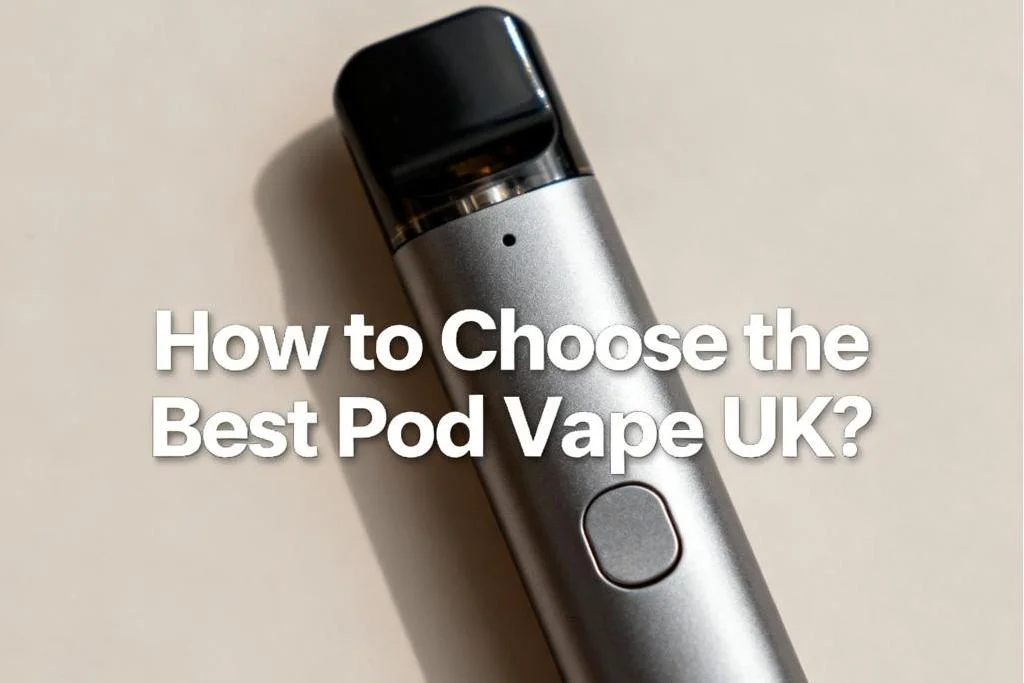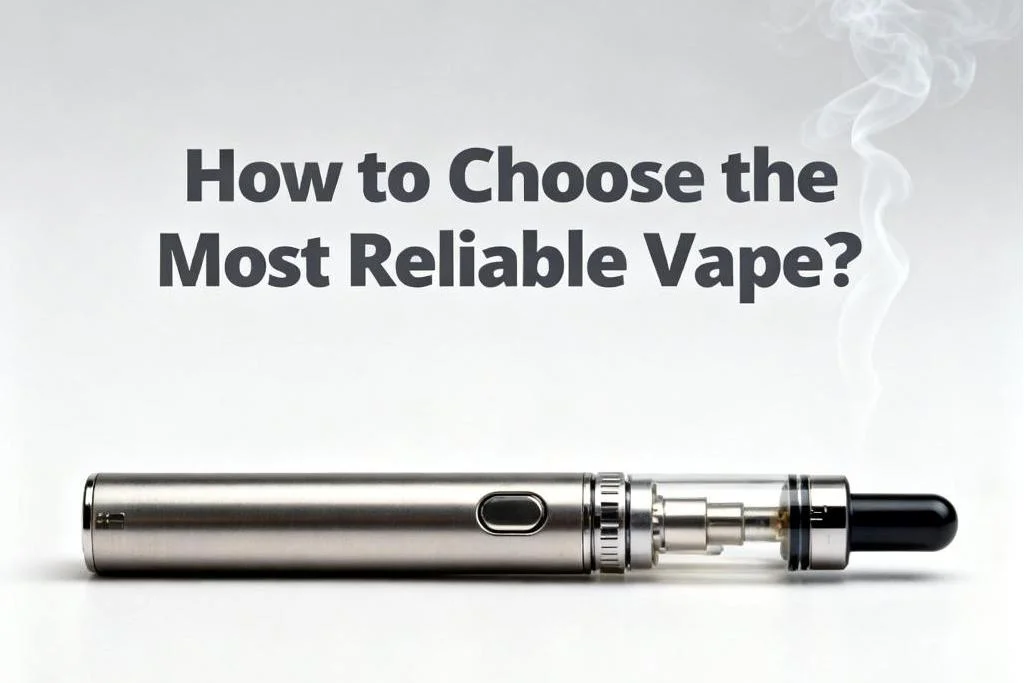What Happens if You Leave Your Vape In a Hot Car?
What happens if you leave your vape in a hot car? Leaving your vape device in a hot car, even for a short time, can cause serious problems. The heat can damage the vape's battery and other components, posing safety risks and shortening its lifespan.
Cars left sitting in the sun can reach extremely high internal temperatures very quickly. Even on a mild 70°F day, the inside of a car can heat up to over 100°F within 10 minutes. On a sunny 90°F day, the interior temperature can soar to over 140°F within an hour.
The greenhouse effect traps heat inside the car, causing it to rapidly rise to dangerous levels. These extreme temperatures can easily damage the sensitive electronics and lithium-ion batteries used in vapes.
Will a Vape Explode In a Hot Car?
Leaving a vape in a hot car poses significant risks, primarily because of overheating to its lithium-ion batteries. These batteries contain a flammable electrolyte liquid, and exposure to high temperatures can lead to severe consequences.
A. Battery Risks
Ⅰ. Thermal Runaway
- Chain Reaction: High temperatures can trigger a thermal runaway, a dangerous chain reaction where the battery overheats, causing internal damage and further temperature rise.
- Violent Rupture: If uncontrolled, this cycle can lead to the battery violently rupturing or catching fire, posing a serious safety threat.
Ⅱ. Battery Venting
- High Heat and Pressure: Exposure to extreme heat increases the pressure inside the battery, potentially breaking the battery seal.
- Release of Toxic Fumes: This venting process can release toxic fumes or flames to generate an explosion.
Ⅲ. Reduced Battery Life
- Accelerated Wear: High temperatures accelerate the degradation of the battery, permanently reducing its lifespan and ability to hold a full charge.
- Frequent Replacements: Continuous exposure to heat means more frequent battery replacements, adding to the cost and inconvenience.
B. Component Damage
Ⅳ. Melting Tanks and Coils
- Deformed Tanks: Many vape tanks are made from plastic or have rubber seals that can soften, warp, or melt in high heat, inducing deformation that can render the tank unusable and lead to leaks.
- Burnt Coils: Prolonged exposure to high temperatures can burn or break down the heating coil filaments since these fine wires inside vape tanks are delicate and heat-sensitive, necessitating coil replacements.
C. E-Liquid Issues
Ⅴ. Leaking E-liquid
- Thinning and Expansion: Heat causes e-liquids to thin and expand, increasing the likelihood of leaks through warped tanks, around coil seals, or battery connections.
- Health Hazards: Leaked e-liquid in a hot car can produce toxic fumes, which are harmful if inhaled and potentially cause electrical fires.
More related info: How Often Do Disposable Vapes Explode?
Does Vape Juice Go Bad in a Hot Car?
Leaving vape juice in a hot car can have several detrimental effects due to the high temperatures that can be reached inside a vehicle.
A. Chemical Degradation
Ⅰ. Propylene Glycol and Vegetable Glycerin
High temperatures can cause propylene glycol (PG) and vegetable glycerin (VG) to break down since they are particularly sensitive to heat, which can trigger chemical reactions that degrade their quality.
Ⅱ. Nicotine Stability
Nicotine is also highly sensitive to heat. Elevated temperatures accelerate the oxidation process of nicotine in vape juice, leading to its rapid degradation. The oxidation reduces the nicotine content, thereby weakening the nicotine hit and making the vaping experience negative. Additionally, oxidized nicotine imparts a harsher taste to the e-liquid, which can be unpleasant.
B. Flavor Changes
Ⅲ. Alteration of Flavor Compounds
The flavor compounds can undergo chemical changes by forming new, often undesirable compounds that impart harsh, bitter, or burnt tastes. For instance, sweet or fruity flavors may become sour or acrid, fundamentally altering the vaping experience and making the vape juice unpalatable.
Ⅳ. Evaporation of Volatile Compounds
The volatile compounds can evaporate as the temperature rises, inducing a substantial loss in flavor intensity. This evaporation not only diminishes the flavor but can also cause an imbalance in the overall taste profile, leaving a flat or unappealing taste.
High temperatures also threaten other parts of vapes:
- Damaged Screens: Vapes with digital screens or plastic displays can sustain cracked screens or melted panel components when overheated. This affects functionality.
- Deformed Mods: Many vape mods contain plastic parts or coverings that can warp or change shape when exposed to hot temperatures for too long.
- Melted Tubing: Connective tubing or silicone seals inside the device can deteriorate and melt under extreme heat, causing air leaks.
- Fried Vape Chips: Vapes contain small circuit boards and chips to control power and screen functions. Overheating can permanently damage these electronics.
- Safety and Functionality Issues: Vapes damaged by heat exposure create both safety issues and performance problems:
- Fire and Explosion Risks: Overheated batteries can ignite other flammable materials in your car. They may also explode, spraying flaming debris. Toxic fumes can fill the interior too.
- Vaping Toxins: Burnt coils and melted tanks produce a foul taste and release chemicals you do not want to inhale. Harmful substances can leach from damaged batteries too.
- Poor Vape Performance: Warped and leaky tanks make vaping difficult. Burnt coils don’t produce vapor efficiently. Cracked displays and fried electronics lead to malfunctions.
- Voided Warranties: Heat damage usually voids vape warranties, so replacement parts and repairs become very costly. It’s like trashing a several hundred-dollar device.
You can take proactive steps to protect your vape:
1. Park in Shade:
Avoid leaving your car in direct sun whenever possible. Shady spots don’t heat up as intensely. Tree cover offers great protection.
2. Cover Windows:
Use sunshades on windows to block solar radiation. This keeps the interior cooler. A reflective windshield shade works great. Click here to learn more about cover windows
3. Insulate the Vape:
Wrap vapes in a towel or store them in an insulated bag or cooler. The insulation creates a buffer against the ambient car temperature.
4. Take It with You:
Don't take chances - just take the vape with you instead of leaving it behind! Store it in an insulated bag or in your well air-conditioned destination building.
5. Don't Overcharge:
Don't leave vapes plugged into chargers for extended periods. Once fully charged, disconnect it. Overcharging also stresses batteries.
If you discover an overheated vape, here are some tips:
- Let it cool down before handling - burns are likely!
- Expect reduced battery life and possible other glitches.
- Clean any e-liquid leaks to avoid further damage.
- Consider replacing tanks, coils, and batteries to improve safety and performance.
- Use the experience to motivate changes that better protect your vape!
Leaving vapes in hot, unattended vehicles is asking for trouble. The extreme temperatures can quickly damage delicate components through overheating. In some cases, serious safety hazards like explosions or fires can result. Protect your investment and prevent problems by keeping your vape with you or properly insulating it. Handle overheated devices very cautiously and expect some repairs may be necessary. With proper care, your vape will continue providing years of reliable service.
So, you already know what happens if you leave your vape in a hot car. Next time, please remember to take your SKE Crystal Bar, or SKE Crystal Plus with you when you get off your car.
FAQs
1. How long can I safely leave my vape in a car on a hot day?
There is no safe duration for leaving a vape in a hot car, as interior temperatures can spike within minutes. It's best to keep your vape with you rather than risk heat damage by leaving it behind.
2. What temperature does a vape's battery start to overheat?
Most lithium-ion batteries used in vapes begin to suffer damage above 140°F and are at risk for thermal runaway over 180°F. Interior car temperatures can exceed these levels quickly.
3. Can overheated vape batteries explode?
Yes, lithium-ion batteries can violently rupture, catch fire, or explode if critically overheated. This is very dangerous, especially if you are in the car when it happens.
4. Does vape e-liquid evaporate or leak if overheated?
Yes, heat thins and expands e-liquid, causing it to leak through faulty seals and connections in overheated vapes. This leads to poor performance and risks.
5. Is it easy to replace vape components damaged by heat exposure?
It depends on the specific damage, but tanks, coils, batteries, and screens damaged by heat are often replaceable. However, it still ends up costing you money!
TABLE OF CONTENTS
- Will a Vape Explode In a Hot Car?
- A. Battery Risks
- Ⅰ. Thermal Runaway
- Ⅱ. Battery Venting
- Ⅲ. Reduced Battery Life
- B. Component Damage
- Ⅳ. Melting Tanks and Coils
- C. E-Liquid Issues
- Ⅴ. Leaking E-liquid
- Does Vape Juice Go Bad in a Hot Car?
- A. Chemical Degradation
- Ⅰ. Propylene Glycol and Vegetable Glycerin
- Ⅱ. Nicotine Stability
- B. Flavor Changes
- Ⅲ. Alteration of Flavor Compounds
- Ⅳ. Evaporation of Volatile Compounds
- High temperatures also threaten other parts of vapes:
- You can take proactive steps to protect your vape:
- If you discover an overheated vape, here are some tips:
- FAQs
- 1. How long can I safely leave my vape in a car on a hot day?
- 2. What temperature does a vape's battery start to overheat?
- 3. Can overheated vape batteries explode?
- 4. Does vape e-liquid evaporate or leak if overheated?
- 5. Is it easy to replace vape components damaged by heat exposure?


